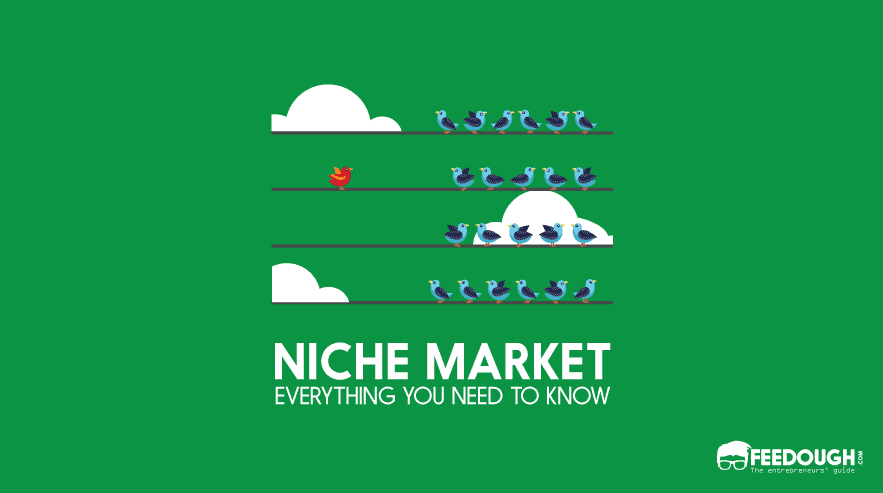If choosing the right pricing strategy for your business seems like a completely daunting task, we’re here to assure you that you’re not alone. But this choice doesn’t require a leap of faith. Conduct your research, plan a positioning strategy, release an MVP and a beta, ask your prospective customers about the price they’re willing to pay, and maximise your revenue without compromising the demand for your offering.
The 10 Types Of Pricing Strategies
Here are 10 different types of pricing strategies you can use to sell your products in a competitive market and still make profits.
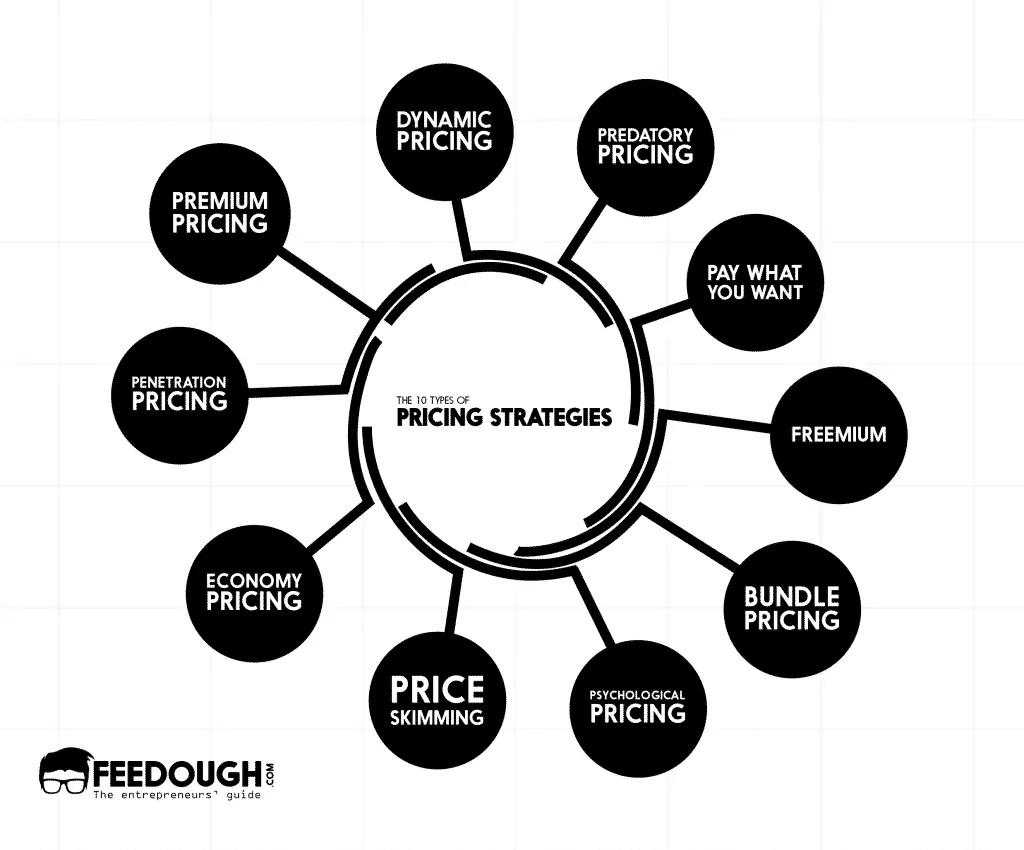
Premium Pricing
Premium pricing, also called image pricing or prestige pricing, is a pricing strategy of marking the price of the product higher than the industry standards/competitors’ products. The idea is to encourage a perception among the buyers that the product has a more utility or a higher value when compared to competitors’ products just because it is sold at a premium price.
The premium pricing strategy has the advantages of producing higher revenues and building a premium brand image. However, to make this pricing strategy a success, a business has to work really hard on the quality of the product and the brand to create a value perception. Spending a substantial amount on building a premium or luxury brand helps the business create a barrier for the competitors to position their products in the same class.
Premium Pricing Example
Branded unleaded petrol is sold at a higher price than regular unleaded petrol. The consumer never gets to test if the branded is better, yet he buys the branded offering thinking if it’s expensive, it must be better.
Penetration Pricing
Penetration pricing is a pricing strategy where the price of the product is initially kept lower than the competitors’ products to gain most of the market share and to trigger word of mouth marketing.
Even though this strategy leads to losses initially, it results in many customers shifting to the brand because of the low prices. Once these customers become loyal and the brand achieves a strong market penetration, marketers increase the prices to a point where they get optimum profits without 0much loss of customers.
Penetration Pricing Example
Oneplus launched its flagship product Oneplus 1, which had all the features of an iPhone, at a highly affordable price of $299. Once the company acquired a good market share, it started launching its products at a premium. The recent phones from Oneplus are priced in the range of $500-$700.
Economy Pricing
Economy pricing is a no-frills pricing strategy followed by generic food suppliers and discount retailers where they keep the prices of the product minimal by reducing the expenditure on marketing and promotion. This strategy is used essentially to attract the most price-conscious consumers.
The key to success in using an economy pricing strategy is to sell a large volume of products and services at low prices. The strategy is most suited to big businesses like Aldi and Walmart.
Economy Pricing Example
Aldi uses this no-frills economy pricing strategy where it operates small stores, only sells products which have a good demand, keeps products in their original shipping containers, and even charges the customers if they ask for carry-bags.
Price Skimming
Price Skimming is a strategy of setting a relatively high introductory price of the product when the product is new and unique and the market has fewer competitors. The idea is to maximise the profits on early adopters before competitors enter the market and make the product more price sensitive.
The strategy got its name from successive skimming of layers of cream or the customer segments as the prices are lowered over time.
The initial high price not only helps the business to recover its development costs but also gives the product perception of being an exclusive and premium product.
Price Skimming Example
Smartphones (both iPhones and Android) are introduced in the market at a higher price, but the price is reduced as time passes.
Psychological Pricing
Psychological pricing refers to the psychological pricing strategies marketers use to make customers buy the products, triggered by emotions rather than logic. Such strategies come in the form of:
- Charm Pricing: This involves reducing the price by a minimal amount (say 1 cent) which makes the customer perceive the price to be less. For example – the price of a $3 product is set as $2.99 in supermarkets as customers’ brains process $2.99 to be nearer to $2 and not $3.
- Prestige Pricing: This involves rounding off and setting a higher price for premium and exclusive products as rounded figures are easily processed and are preferred in such cases.
- BOGOF: Buy one, get one free offer triggers the greed among the customers as they get two products for the price of one. This strategy is often used to clear up the stock or increase the volume of sales.
- Price Anchoring: Anchor price is the first (higher or lower) price communicated to the customer to make their mind revolve around that price and buy the product the retailer wants. For example – printing a double price label showing a regular price and a sale price, keeping a higher-priced and medium quality product along with a lower-priced but good quality product to increase its sale, etc.
Bundle Pricing
Bundle pricing involves selling packages or sets of goods or services at lower prices than they would have actually cost if sold separately. This is an effective strategy to bundle unsold products or products with less demand with the high selling products to clear up the shelf space and increase the profits.
Bundling works wonders when two complementary products are bundled together.
Bundle Pricing Example
Mcdonald’s happy meal is a perfect example of bundle pricing.
Freemium
Freemium is an Internet-based pricing strategy where basic services are provided free of charge but charges are levied on additional premium features. The freemium strategy is different from the premium with free samples strategy as you don’t pay anything to utilize the free services provided under the freemium business model.
Freemium Example
Candy Crush Saga is a great example of a freemium pricing strategy where the game is provided for free but a price is levied if you want more lives to play.
Pay What You Want
Pay what you want is a pricing strategy where the power of deciding the price of a product is given to the buyers, who pay their desired amounts for a product, which could even be zero.
Unlike how it seems, this pricing strategy often leads to more profits and increased market share as most of the customers pay amounts which are more than the cost price of the product.
Although many businesses set a minimum price and use a partial version of this pricing strategy, many refrain from setting a floor price.
Pay What You Want Pricing Example
Panera Bread Co. restaurant in St. Louis is a famous example of a business operating successfully using the pay-what-you-want pricing strategy.
Predatory Pricing
Predatory pricing, or below the cost pricing, is an aggressive pricing strategy of setting the prices low to a point where the offering is not even profitable, just in an attempt to eliminate the competition and get the most market share.
An ongoing price war among the competitors may lead to one adopting a predatory pricing strategy to make the competitor exit the arena.
Predatory pricing is illegal in many countries under the antitrust laws and competition acts as it acts as a barrier to healthy competition and leads to businesses enjoying a monopoly.
Predatory Pricing Example
A perfect example of a company adopting a predatory pricing strategy is Amazon which, in 2013, offered books at a price less than the cost price and even shipped it for free just to win over the traditional brick-and-mortar competitors.
Dynamic Pricing
Dynamic pricing, also called demand pricing, is a comparatively new pricing strategy which charges different prices for the same item from different users depending upon their perceived ability to pay.
This pricing strategy is dependent on the internet and is usually used by eCommerce websites. It uses cookies and the internet browsing history of the users to understand their requirements and the urgency to buy and price the products accordingly to increase the sales.
Dynamic Pricing Example
Ecommerce websites like Amazon, Flipkart, etc. use this strategy to remarket their products to window shoppers.
Go On, Tell Us What You Think!
Did we miss something? Come on! Tell us what you think about our article on The 10 Types Of Pricing strategies in the comments section.
A startup consultant, digital marketer, traveller, and philomath. Aashish has worked with over 20 startups and successfully helped them ideate, raise money, and succeed. When not working, he can be found hiking, camping, and stargazing.
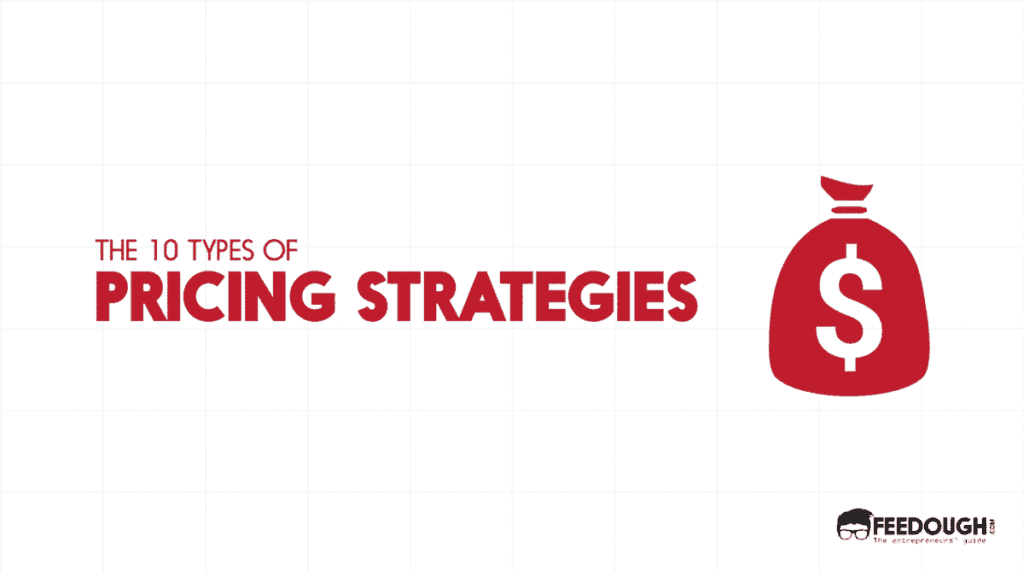
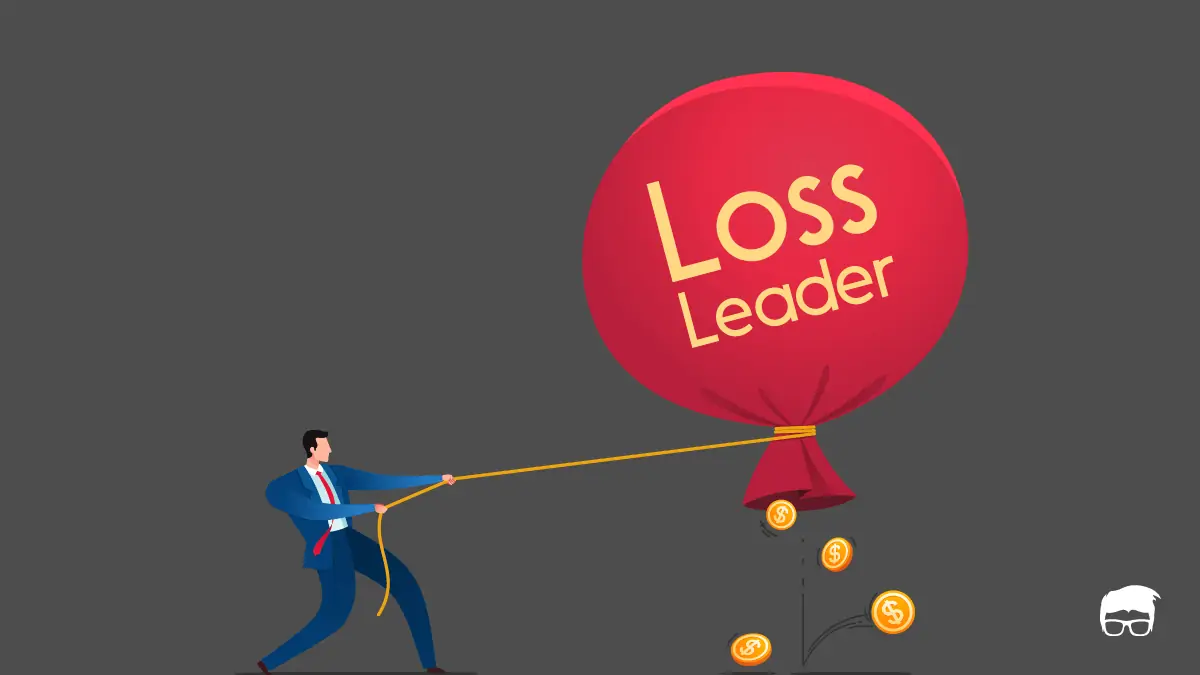
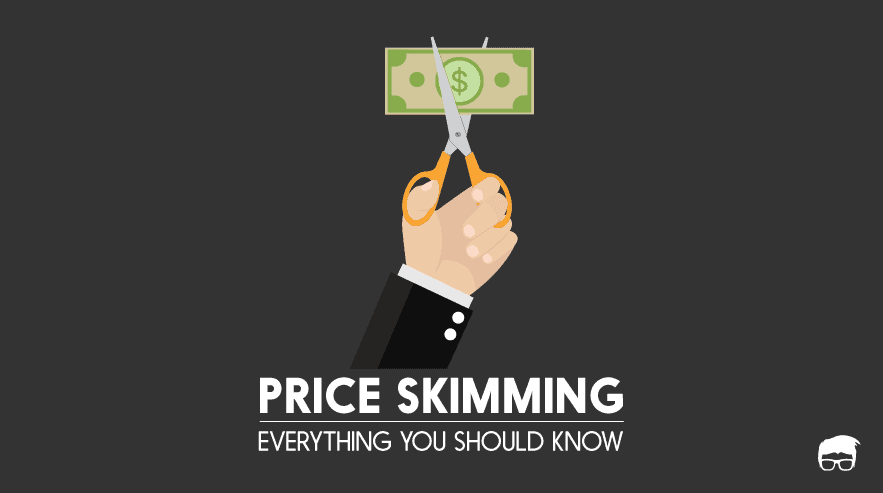
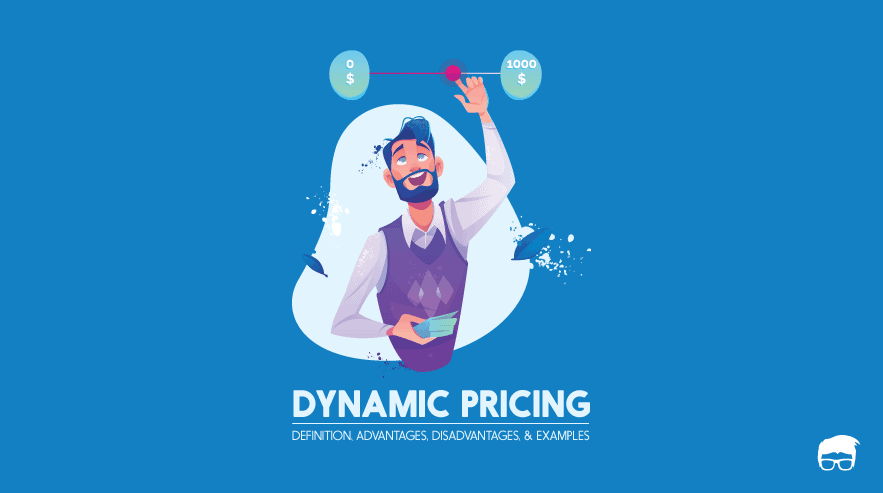
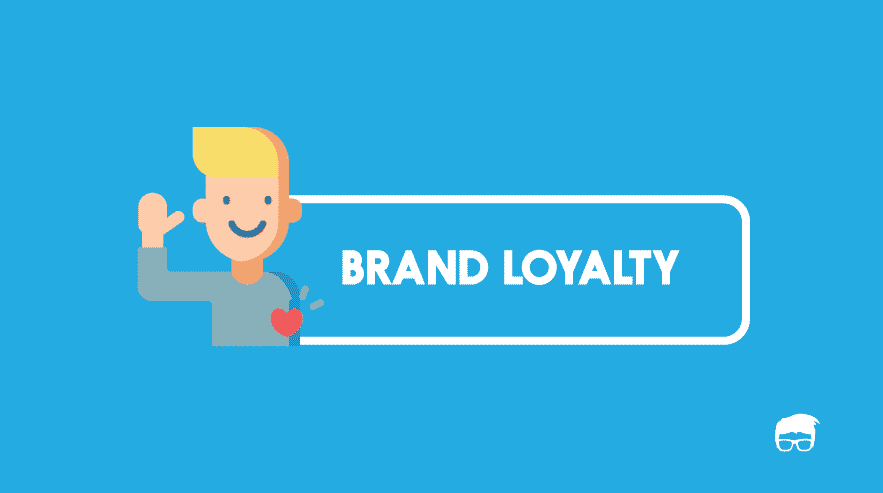
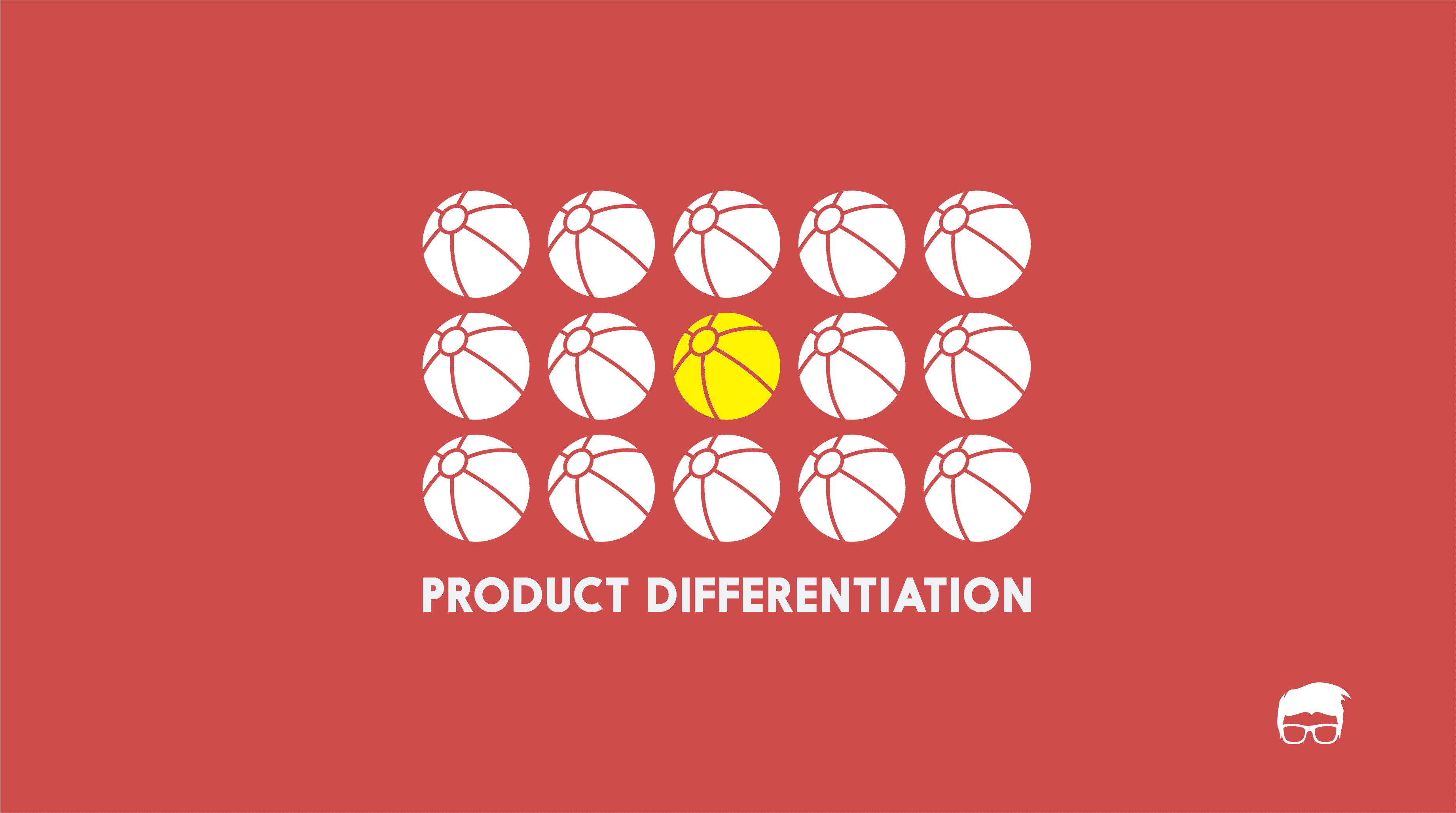
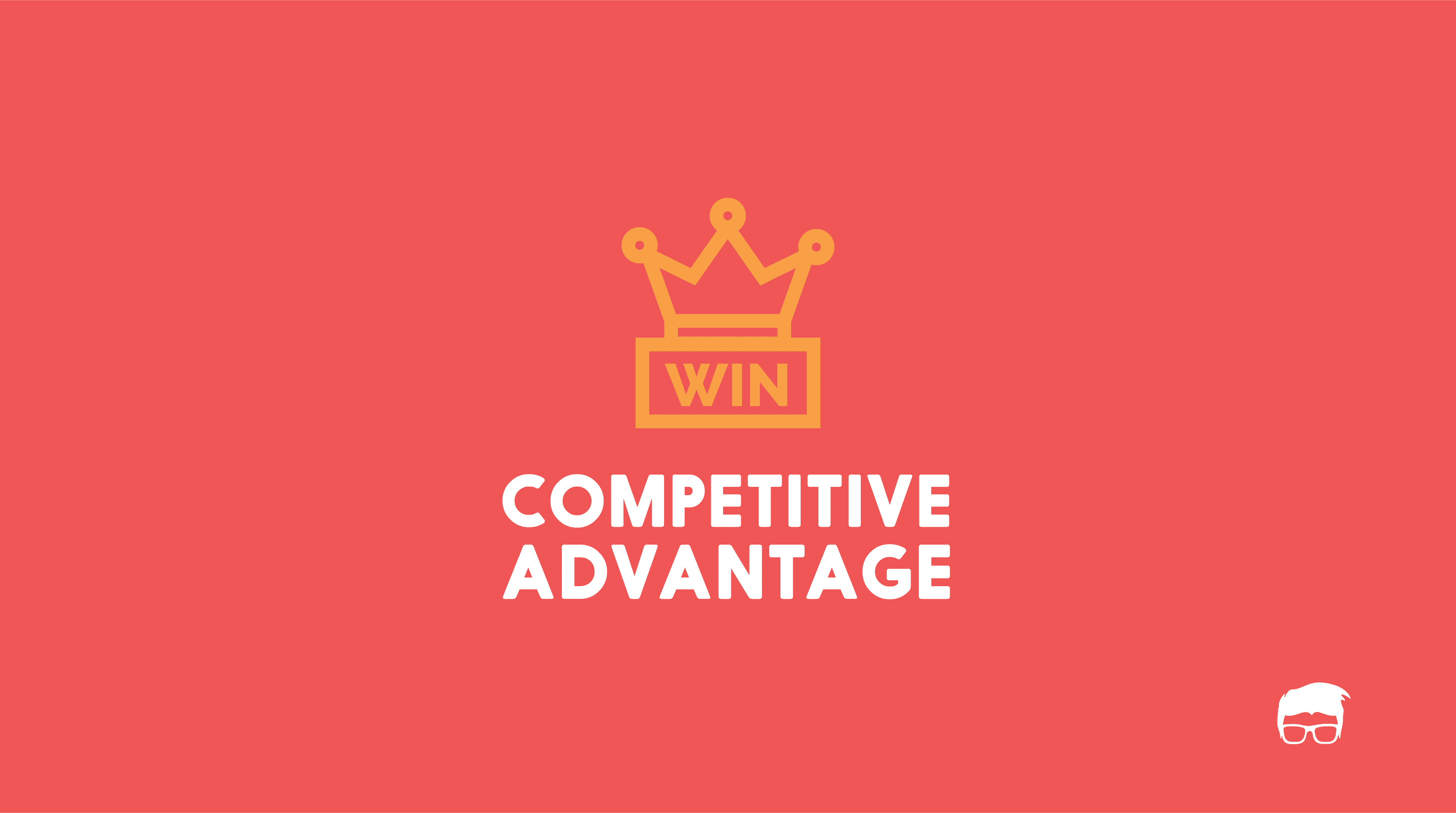
![What Is Green Marketing? [The Complete Guide] green marketing](https://www.feedough.com/wp-content/uploads/2018/11/green-marketing.webp)
